9. Scenes From a Marriage; Ingmar Bergman
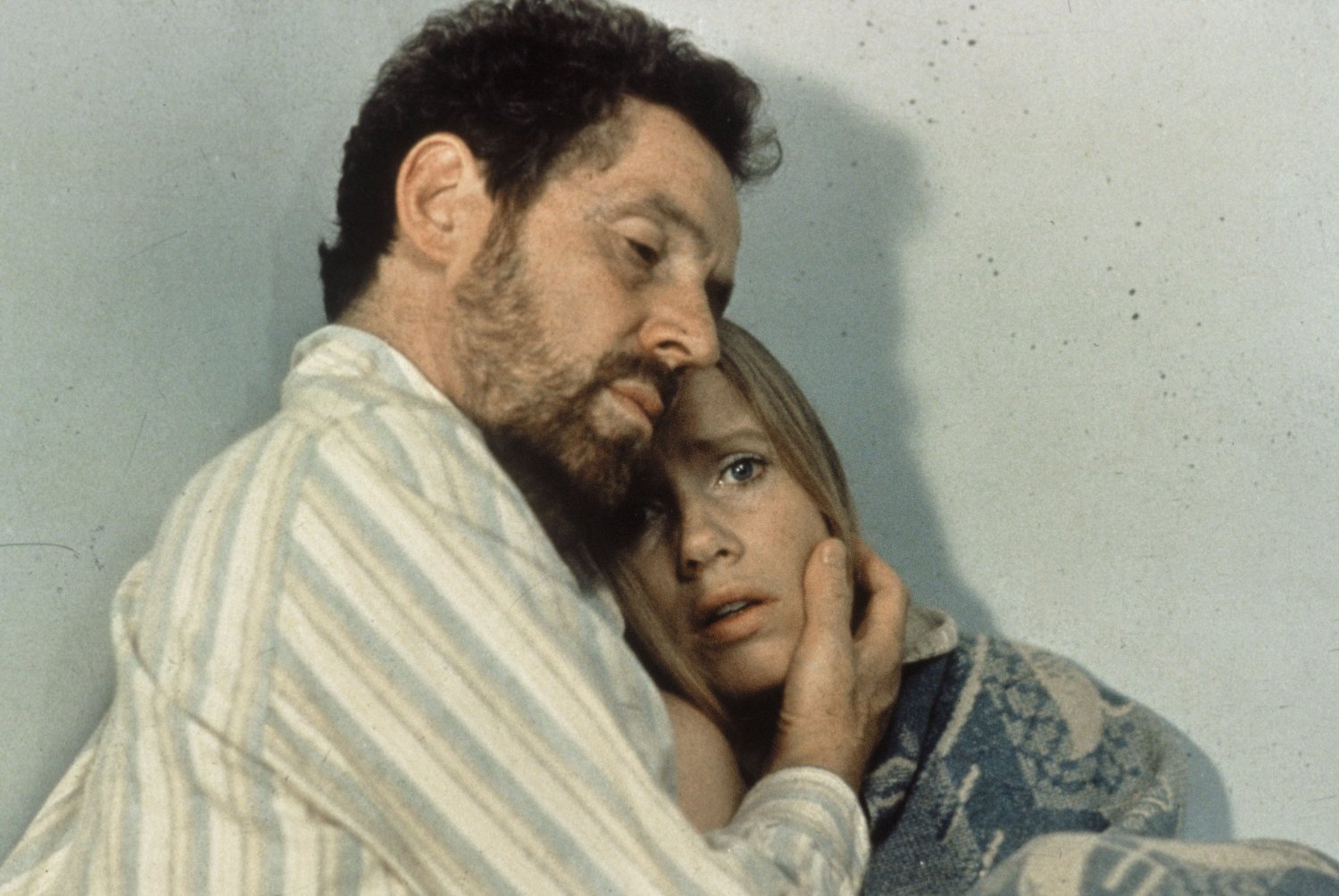
One of Ingmar Bergman’s least experimental treatises on how humanity understands itself, the relative straightforwardness of Scenes From a Marriage only barely threatens its otherwise uncompromising application of the mundane for the abstract, its acceptance of the everyday as a portal into the conceptual.
A nominally naturalist fly-on-the-wall dissection of a relationship turns the human body into both art exhibition and test tube subject, with seemingly realistic details – the crevices and crumples of a bed – revealing not only the emotional state of the participants who slept – or did not sleep – in the bed the night before.
The same sheets also hint at more impressionist, cosmic spaces like an arcane winter wonderland or a planet far away from Earth subjected to the tectonic turmoil of meteorites, just as a couple is subjected to a veritable meteor shower of struggles in the modern world.
Off-screen space, meanwhile, both exposes the insulation of the main duo from each other and rescinds their advances away from one another; they are typically cordoned off from each other even as they are seldom allowed the freedom of full segregation. The calculated, almost malevolent blankness of the spaces around the married couple both marks a carefully intonated clockwork implosion of everyday life and masks that calculation under a veneer of naturalism.
Character position relative to the camera is always masterfully concocted to delineate the emotional architecture of their minds, but the piece never becomes fussy or overly artificial about its construction. In other words, the pseudo-naturalism of the piece belies its symphony of everyday spaces. Scenes From a Marriage feels like a holy text of narrative cinema, or for life itself.
10. Spaced; Edgar Wright
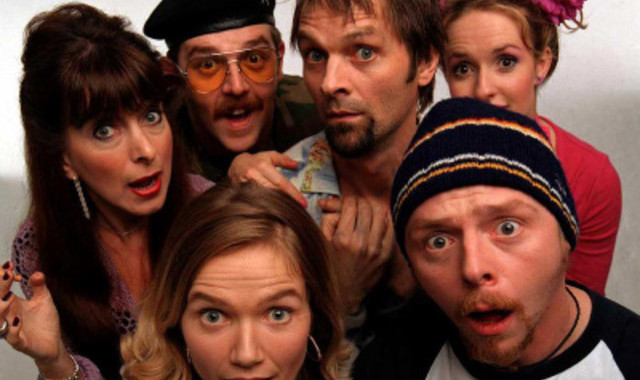
Turn-of-the-millennium sitcom Spaced is both archly-British and archly-’90s, down-tuning the ’70s-tinted slacker culture of the decade to a primeval swill. It is brilliant comedy, but like all televised comedy, it is a writer’s show, and not a director’s showpiece.
It could not but be that co-writers Simon Pegg and Jessica Steveson are front and center throughout any discussion of the piece, but Edgar Wright’s dynamic skill at upending shaggy dog stories with fits and episodes of gallows immaturity is the secret weapon of this counterbalance to The Matrix’s high-concept techie slacker-dom.
That film, released in the same year as Spaced, was perhaps the end of the subculture altogether, narratively and cinematically recasting slacker Neo as a Jesus figure and forcing him forward into the ever-restless mania of the more-is-more ’00s blockbuster cinema. You couldn’t think up a better distillation of the transition from one decade to another.
Comparatively, Spaced feels like another exercise in legitimate slacker exploration, not by throttling the culture into full-fledged mania and forcing it to go mainstream but by confronting it on its own terms and exposing the trauma and tragedy of everyday life reflected in the internal slacker that guides many of us.
Spaced is the weakest directorial effort of Wright’s career; his feature films are far more visually ambitious in the way they willfully intermingle the ironic longueurs of slackerdom with the brash, active necessities of genre cinema to wonderfully playful results. But even in its quietest moments, Wright’s camera is always present in Spaced, accentuating the rhythms of the dialogue and pitching the jokes at the right level of nonchalant knives sauntering right up into your ribs.
11. Tales from the Crypt; Robert Zemeckis
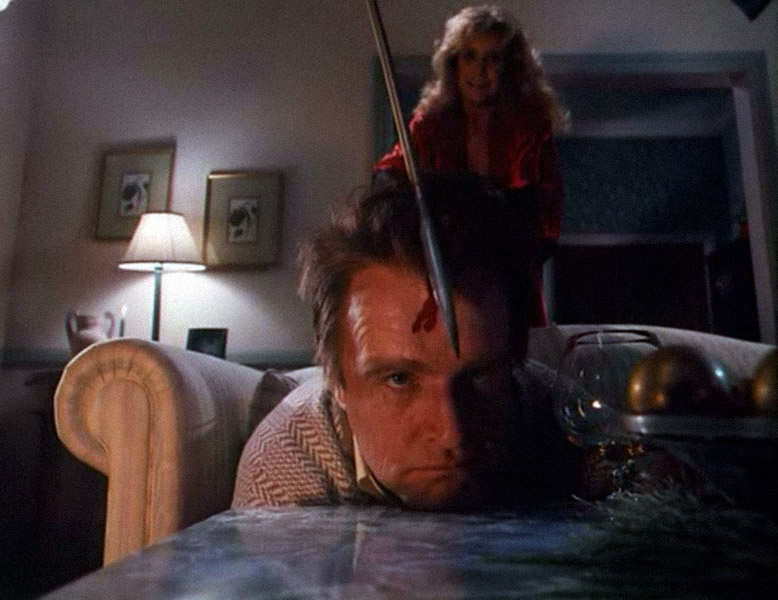
For such a lurid, ostensibly verboten project from the wild years of HBO’s programming, Tales from the Crypt managed to assemble a veritable director’s guild of talent when it needed to. A wacky exercise in decadence and high-camp neo-classicalism (the classical being the 1950s, by this point, with the 1989 show capping off a decade of furious ’50s revivalism in American pop culture), Tales probably should have been a pop culture throwaway.
Yet the show’s no-frills earnestness about its gooey guilty pleasure status – its card-carrying pride at its own adolescence – helped it attract a devoted cult fan base and survive into the later portions of the 1990s (when HBO was moving on to more … mature … creations).
That earnest stupidity … as well as a fleet of noted stylists like Walter Hill, John Frankenheimer, and William Friedkin (none of whom, admittedly, were up to much else during the ’90s). Best-in-class, however, has to be Robert Zemeckis (who was a sensation at the time, at the top of the world before the ’90s would see him turn away from genre filmmaking and into the doldrums of Oscarbait monstrosities best left entombed).
Zemeckis directed a triad of episodes, and he repeated himself not once. “And All Through the House” is a macabre exercise in pure slasher craft, a last hurrah for Zemeckis-the-teenager-at-the-matinee-house. “Yellow” is a dour, stone-faced existential tragedy that is both homage and exploration of Stanley Kubrick’s Paths of Glory, of all things. And “You, Murderer” recasts Zemeckis’ formal experimentation in Forrest Gump in the role of noir cinema homage, with Humphrey Bogart digitally inserted into a newly filmed tale.
That last one isn’t exactly great filmmaking, but it is a bizarre formal experiment in an age when television usually left formal experimentation to its older sibling. In an era of middleweight television run amok, Tales from the Crypt – and Zemeckis, when he was on his best (worst) behavior – refused to play nice.
12. Tanner ’88; Robert Altman
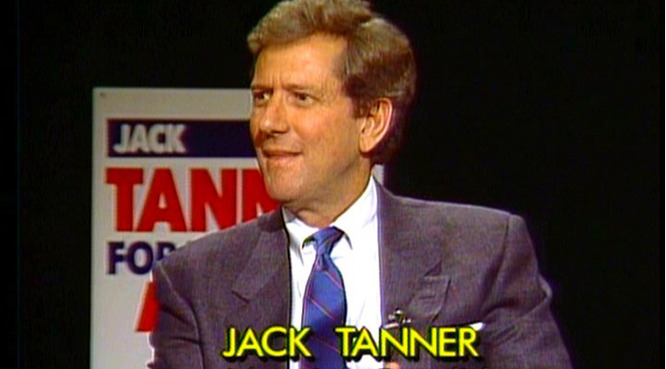
As with many of the elder guard American New Wave directors ( like Sidney Lumet and John Frankenheimer), Robert Altman did not get his start with a bravura cinematic showstopper released into the wilds of the cinema. Instead, he developed a rattle-skin hide and an expeditious, almost hasty style in the guerrilla warfare of ’60s American television.
After transitioning to the big leagues with a breathless rush of genre experiments and character-based excursions in the 1970s (Altman’s 1970s run is arguably the most impressive directorial procession in the history of American cinema), Altman struggled throughout the 1980s.
You might assume he went into hibernation before the flesh-eating one-two punch of The Player and Short Cuts rekindled his career in the early ’90s, but in fact Altman was alive and well, struggling to survive in a decade that generally had little use for the old stalwarts of the New Hollywood.
The later portions of the decade were unkind to the venerable filmmaker, and with Hollywood fixated on cheap genre entertainment, Altman was one of the first, if not the first, American director to turn to television for a respite, or a breath of fresh air.
Specifically, he connected with the wildlings up at HBO, a new upstart premium cable channel with little unique programming to its name but more than its fair share of late-night freedom to shirk the middle-of-the-road and aim for the outskirts, even the gutter, of convention and popular appeal.
Altman naturally saw an alternative to the staid convention of cinema at the time, and he used the relative freedom of not-ready-for-prime-time HBO to produce their daring first television masterpiece: the politically scabrous yet ultimately humanist Tanner ’88.
In his heyday, Altman always emerged as an anti-auteurist, favoring a horizontal approach to character-based storytelling that introduced actors and writers into the directorial process. It is no surprise then that his Tanner ’88 is as much Garry Trudeau’s – on sabbatical from his day job writing the newspaper comic Doonesbury – as Altman’s. The terse style – edited like a newspaper punch-up – is electrifyingly witty and withering in its put-downs, and it finds harmony in its two creators.
Following the behind-the-scenes campaign of a fringe Democratic presidential candidate in 1988, Tanner epitomizes not only Trudeau’s melancholy lament of modern politics but Altman’s necessarily tragic but ultimately warm-hearted Midwestern idealism and fundamental belief in politicians as well-meaning people struggling to stay afloat amidst the entropy of everyday life.
One look at the introduction to Tanner’s campaign team is enough to ensure Altman’s importance to the finished product: his camera closes in not on the people but on the ramshackle collage of campaign buttons and coffee creamer to evoke their lives as a confused, workmanlike patch-work of lived-in spaces, with Altman locating the crew not directly but refracted through the mirror lens of the metal table they spend their lives sitting at.
We’re not 5 minutes in, and Altman is already tackling the harsh truth of how political work can both bring you closer to yourself, and tear you apart until all that’s left is a reflection.
13. Top of the Lake; Jane Campion
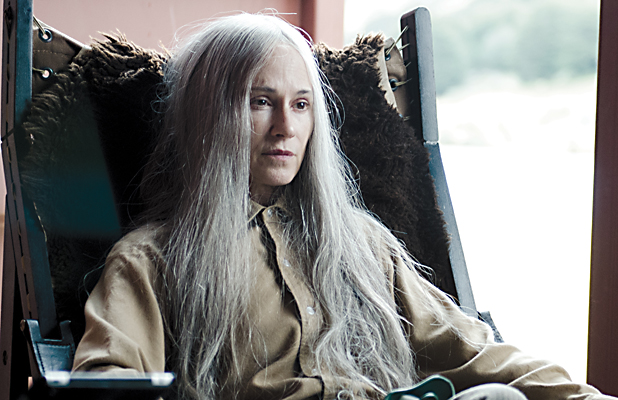
Top of the Lake as television almost feels a touch unfair, doesn’t it? At only 7 episodes and seamlessly guided by the creative voice of Jane Campion (who co-directs with Garth Davis and co-created with Gerard Lee), Top of the Lake could tentatively be considered nothing but a lengthier movie.
Yet that denies the breathing room afforded by the television format to linger, decompose, and rebuild itself in the human mind, and it belies the way that television affords for latitudinally spreading out to glimpse the interstitial spaces of a community. Which is essentially saying that television is supremely talented at making Robert Altman movies, but there’s no point in denying your references.
A terminal, uncompromising examination of women torn between oppressive social circumstance and full expression of their own inner beings? A work that not only passes the Bechdel test but basks in a Wild West where female community is both a reminder of social stratification and an escape from it? Genre fiction as a primordial valley for existential crisis? Formal perfection glided by a burgeoning painter with a camera (Adam Arkapaw, also see True Detective and a number of films currently in development and prepare to jump on the bandwagon of an upstart new visionary cinematographer)?
A gut-deep slither into the underbelly of the New Zealand Outback, where life seems to exist as combination of loosely tethered individuals just looking for a reason to break away, and where the landscape-of-the-mind mingles Renoir-style impressionism, forbidding backwoods folklore, and voluptuous romanticism straight out of the human ego? All are Campion’s bread-and-butter, and if television is a new forest for her to explore these various arts of hers, then Top of the Lake is doing the lord’s work.
14. True Detective; Cary Fukunaga
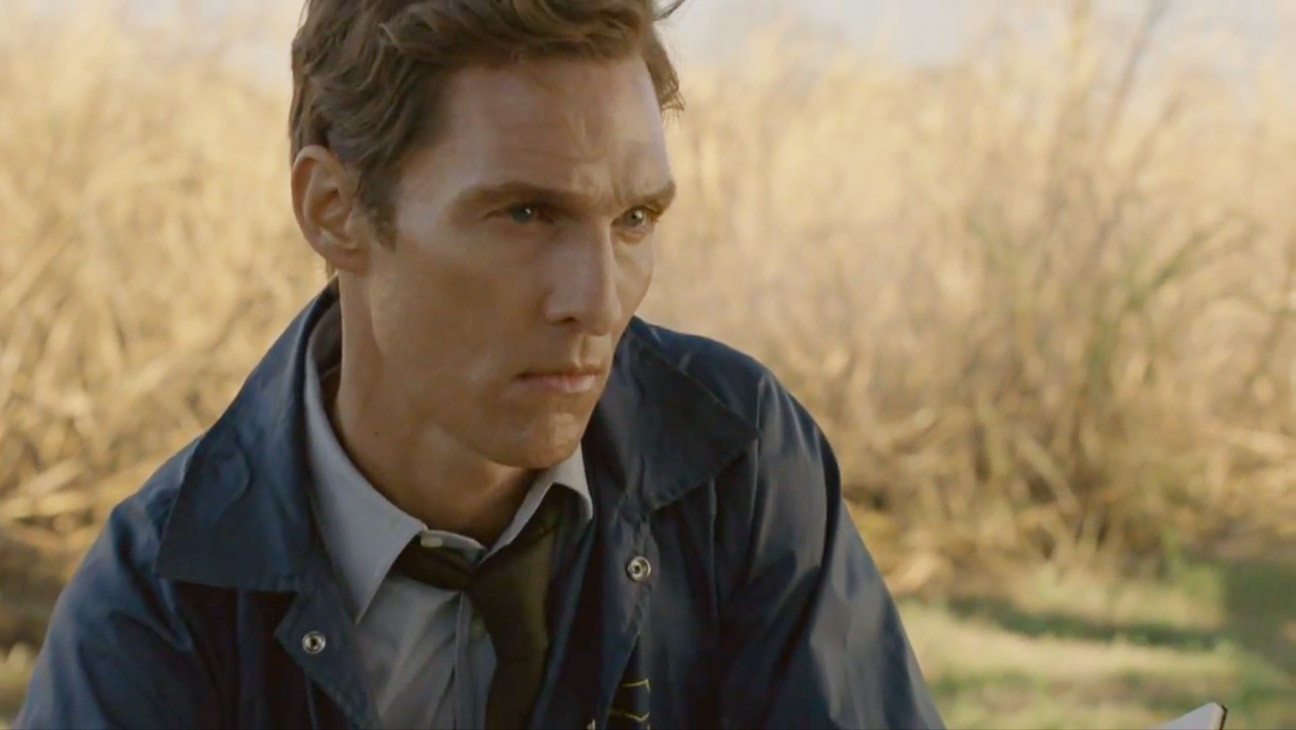
The sophomore season of Nic Pizzolatto’s True Detective elucidated much about the show, be it the ineffectuality of male-written female characters in all forms of fiction or the pressures of solitary-scripting a labyrinthine Gorgon’s head of plot.
The writing of the debut anthology story isn’t always structurally sound either, nor is its view of women any more complicated. But if the second season of the show clarified anything with a bullet, it’s the gravid authority of a singular directorial voice to steer a tangled web away from cocooning itself in a twisted nether of its own innards.
In other words, Cary Fukunaga – who directed all eight of the first season’s episodes – brought a sense of counterbalance to the show that tempered some of Pizzolatto’s overbearing metaphors, or simply took the pressure off him.
With a bonafide stylist in your corner, there’s much less adversity in waiting a moment to catch your narrative breath while the camera pregnantly weighs in on the nasty, unforgiving world, maniacally stirs the blood with a venom-coated arrow, plaintively ponders the stars and the modern male, or simply stews the Okefenokee-thick Southern Gothic dread of the neo-noir atmosphere of the out-of-the-way expanses and crevices of the imagination.
True Detective seems a lot less momentous a couple years on, but Fukunaga’s eye for totemic, blood-stained imagery suckled on Faulkner and weened on Bava is of grave import nonetheless.
15. Twilight Zone, The; Richard Donner
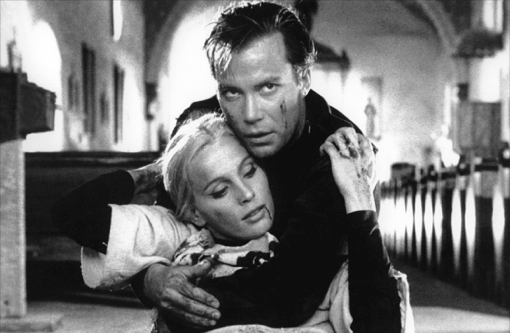
Rod Serling helped shape the contours of television in the 1950s as a gun-for-hire who made a name for himself in television films, and his magnum opus, The Twilight Zone, has long been enshrined in the halls of the television holy texts. It’s easy to forget, however, that he didn’t do it alone. His most famous collaborators were writers – television, more than cinema, has always been a writer’s medium – but beneath the Richard Mathesons and Charles Beaumonts of the world flew a murderer’s row of capable craft-people behind the camera.
The best of them knew not only how to point said camera and get out of the way, but how to silently accentuate the rhythms of the dialogue and pucker-up the cascading flow of the sometimes arid moralizing with a fever pitch of tight, tumbling camera angles.
Among the best was a young Richard Donner, who sculpted his populist entertainment credentials as a workaday director for television. His style fit the medium – he was not, nor would he ever aspire to be, a mugging auteur. But put some of Matheson’s most cacophonous writing and some of William Shatner’s most hyperbolically zealous acting, and Donner just might make something great.
On a good day, he might just make “Nightmare at 20,000 Feet”, a shrieking wail of canted angles, agitated editing, uncomfortable close-ups, mercurial sound design, and torrential lighting, and possibly the single most famous television episode ever. An episode stripped of the show’s social conscience, hysteria has never felt so rewarding.
16. Twin Peaks; David Lynch
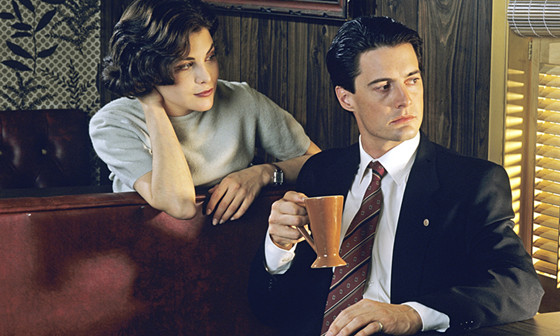
A lopsided parlour trick on the surface, David Lynch’s antagonistic poison-pen love letter to the American small town is nothing less than the grand small-screen statement on the way the American people understand themselves through fiction.
A swirling, venomous witch’s brew where soap opera, horror cinema, high melodrama, garish excess, dream logic, and lustrous, candy-coated epic liquify and are recasted anew, Twin Peaks is Lynch’s fullest excavation of the centrality of fiction and performance to the everyday human condition. If that isn’t enough for you, it remains the most formally radical mainstream television show ever aired for American audiences.
Using a small town murder investigation as the devil’s jumping off point, Lynch’s manifesto is a downright naughty stylistic exercise first and foremost. Scraping away decades of cinematic naturalism and mining the well of Douglas Sirk and, especially, the lost ’50s luminary Nicholas Ray, Lynch’s expressionist-tinged direction is not merely a narrative excuse to cart out his pet theme: the frailty of the masquerade known as the American aww-shucks identity and its inability to hide the nasty, festering wounds underneath.
The show is an examination of that pet theme, but it also pays due diligence to the cultural need for dreaming in Technicolor shades while also fastidiously mangling and deforming those diffident icons of collective pop-culture dreaming into something bleak and mercilessly monomaniacal.
Which is to say that Twin Peaks is an ode to the soap opera as a way of cultural escape, a vision of humanity concocted by the human species when it doctors itself up in prophetic and possibly necessary visions of good cheer. Lynch doesn’t hate our antennaed dreams; his eye is far too drawn to the essential mystique of the small town America depicted not only on external televised screens but in the screen of the mind.
The lushness of the cinematography, the gregarious fullheartedness of the performances, and the earnest hum drum of the sermonizing music stand as testament to Lynch’s interest in considering the soap opera and small town America as necessary cultural exports of haunted souls.
But over the course of two seasons, Lynch devotes his inner being to rearranging and questioning that mystique, not so much exorcizing our demons as drawing them out so as to interview them. We watch as the warm tones and heightened color contrast in the cinematography slide into garish, slithering menace.
We ponder as the giddy performances are taunted and prodded until their outsized emotional pandering no longer resembles the human form at all. We even feel our soul stricken from us when the drippy chords of the central theme curdle into a nightmarish nest of discordant harmonies and sounds that sound reassuring on the surface and worrisome underneath.
The show, the whole show, is an expression of the American Dream at its purest threshed through meat tenderizer until it becomes the American Delirium.
It is not only one of the great television experiences, but the television experience with the most to say about television precisely because it says it having braved the cavern and the coiled innards of its own medium and lost its mind somewhere inside; it explores television by mimicking television until its mimicry becomes perversion. Put simply, if you have ever watched a television show, you owe it to yourself to confront and deal with Twin Peaks.
Author Bio: Jake Walters is a recent graduate of Amherst College and an aspiring film-writer/ist. He shares his thoughts on film at his website, thelongtake.net and is particularly interested in film in relation to society, race, class, and gender, He writes frequently on horror films and looks to Werner Herzog, Michel Foucault, and John Shaft for life advice. You can find him on Twitter@long_take.